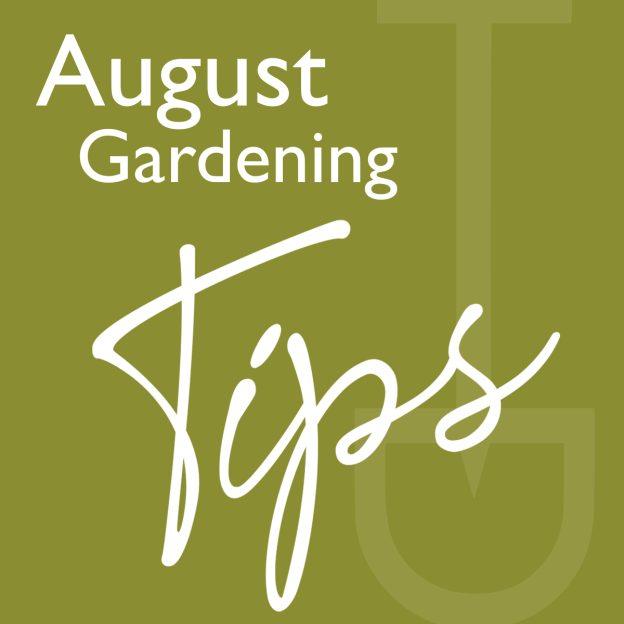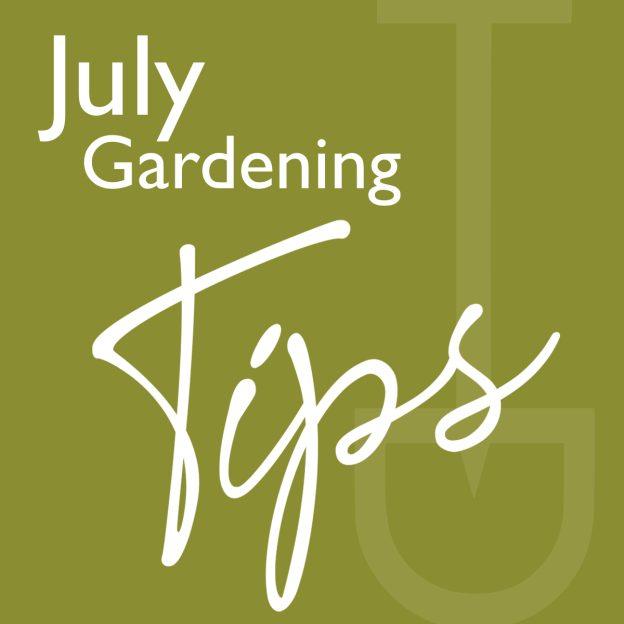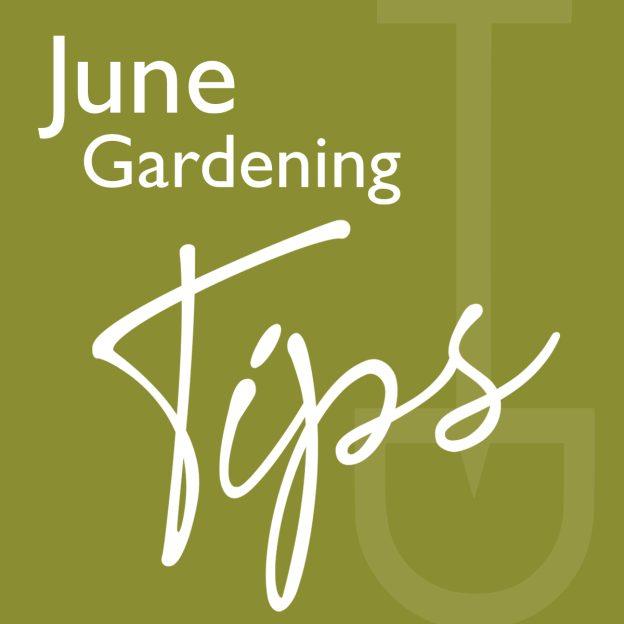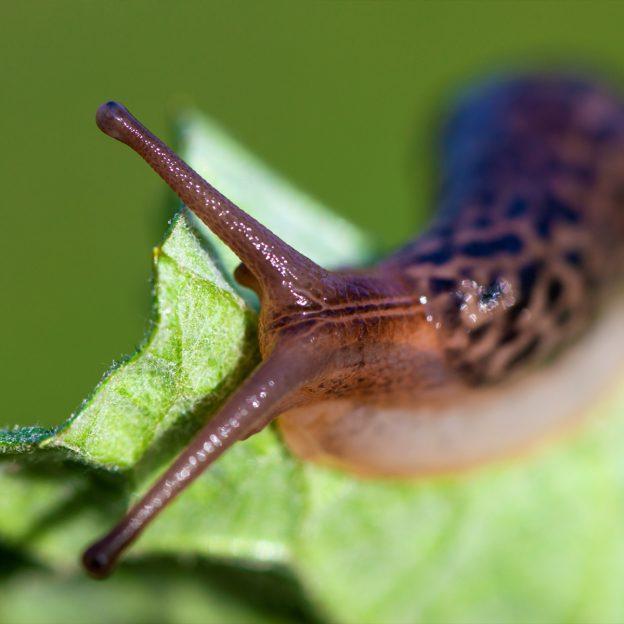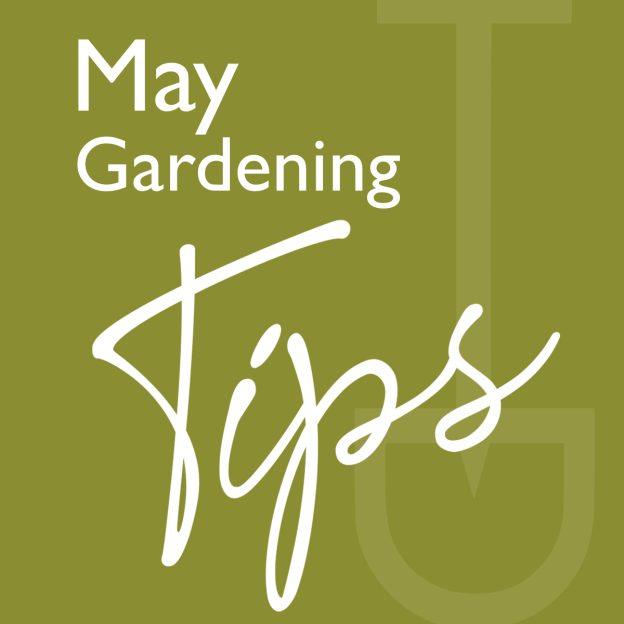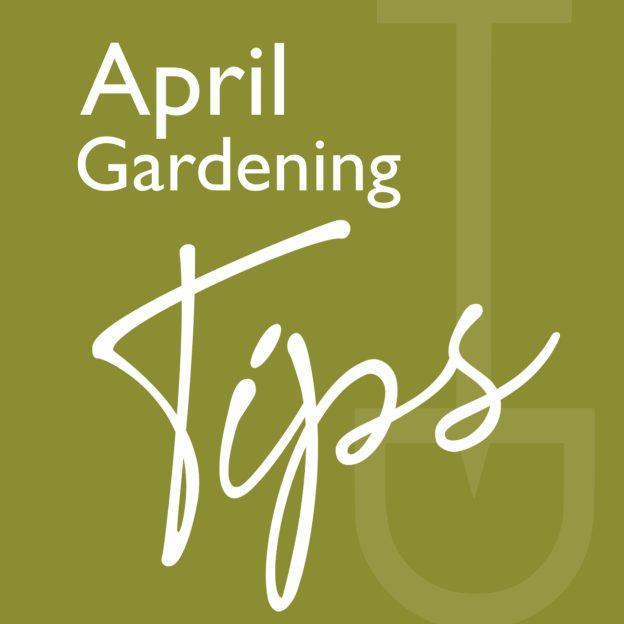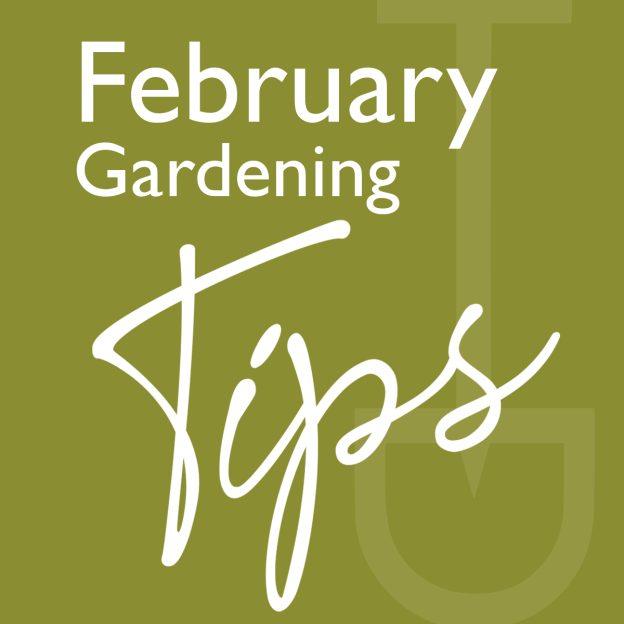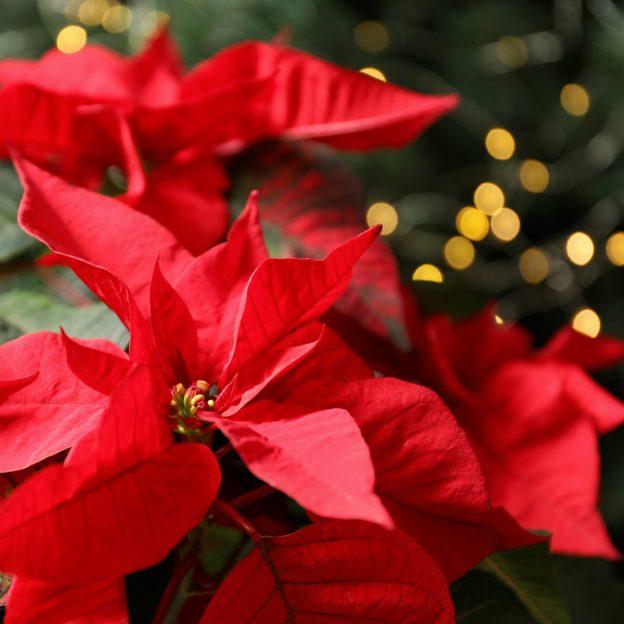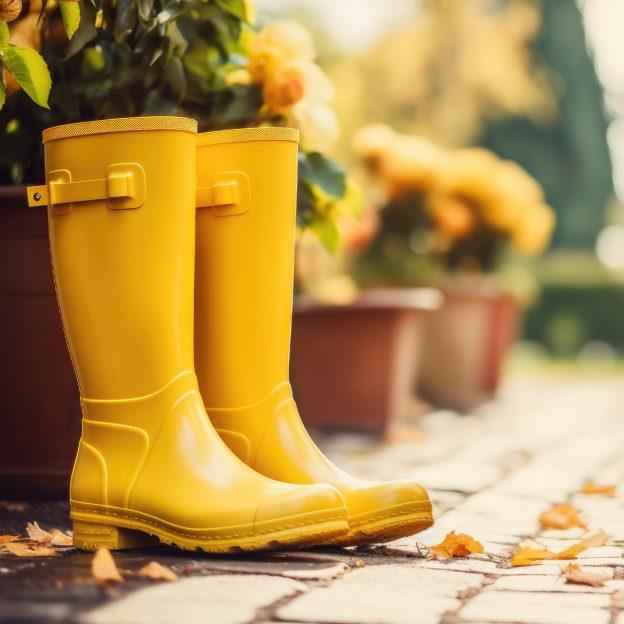August, the last official month of summer, offers the perfect chance to appreciate your garden’s peak beauty and enjoy fresh produce of your own. As one of the hottest months, August necessitates diligent watering, particularly if the season has been dry and water butts are running low. The month also coincides with holiday season, so arranging for friends or family to care for your garden in your absence is a wise move. When you are home, make sure to prune wisteria and other summer-flowering shrubs, like lavender, after they’ve finished blooming. By staying on top of these tasks, you can ensure your garden remains vibrant and well-maintained throughout the month.
Here are our tips for making the most of the month ahead:
– Carry out a trim of your evergreen hedges.
– Keep your spring flowering shrubs such as Rhododendrons and camellias well watered as they will be setting their buds for next year now.
– Lightly trim lavender after they have finished flowering leaving 2.5cm (1inch) of the current season’s growth i.e. not into woody sections.
– Plan next year’s spring flowering bulb displays as they will be available later this month. Flowers like daffodils, tulips, crocus, snowdrops and hyacinths.
– Your strawberry plants may have produced runners (long shoots with small ‘baby plants’ along them). These baby plants can be cut off and planted in pots to establish a bigger root system before planting them out.
– It is good to allow some flowering and vegetable plants to run to seed to provide natural food for garden birds and other wildlife.
– In hot weather, ensure you keep bird baths or trays topped up to provide essential water for wildlife.
– As you cut back flowering annuals and perennials, shake their ripe seed heads over bare sol for more flowers next year.
– Indoors, you can revitalise houseplants by checking if any are getting pot bound. You can tell this is roots are bulging out the base of the pot. Choose a pot about 2cm (1 inch) wider in diameter to the one the plant is already in and fill with houseplant repotting mix. Give your pot a good tap to ensure there are no air pockets in the soil.
– Raise the height of cut on lawnmowers during dry periods and mow less frequently. This will prevent your lawn from scorch.
– Prolong seasonal container displays by feeding your plants with a high-potassium fertiliser. Continue to deadhead flowers that have gone over to encourage new flowers to form.
– Watch out for vine weevil grub damage and apply biological controls. Plants in containers are particularly susceptible.
– Take cuttings from your penstemon plants as many do not survive over winter. Fill a 9cm pot with a cuttings compost or 50:50 mix of perlite and a free draining compost. Take a cutting from a non flowering shoot that is 10-12.5cm long trim it with a sharp knife to just below a leaf node (below where a leaf leaves the stem) Dip the end in a rooting powder and place up to 5 cuttings in the pot. Label and water. Place the pot in a propagator or cover with a plastic bag and rubber band. Position in a warm light position but not in direct sunlight. Cuttings should root in about 4 weeks but can be left undisturbed over winter. Keep soil moist but not wet.
– Clear fallen leaves with black spot from around the base of roses.
– Sow spring cabbage and spring onions for overwintering.

